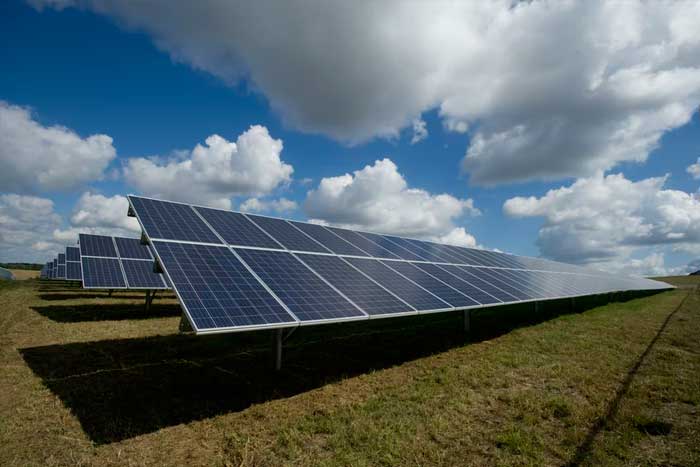
@publicpowerorg
Did you know that there are more than 2,500 solar farms operating in America? Solar panels convert the sun’s energy, and the technology is becoming more and more common across the country.
But does a solar power plant operate the same way as a residential solar energy system?
The following guide will explain how solar power plants work and the types that exist. Read on to discover more about one of the most eco-friendly ways to generate power.
How Does a Solar Power Plant Work?
A solar power plant is any structure that transforms sunlight into electricity. Conversion can occur directly using photovoltaic plants or indirectly using thermal plants.
PV solar power plants use large sections of solar cells to create electricity from sunlight. A top solar installation company would use similar cells for a residential system.
PV panels don’t produce concentrated solar energy. Instead, they convert photons into electricity without the need for other devices.
Some PV power plants use crystalline solar panels that have a higher efficiency but cost more. Other power plants require thin-film solar panels to cover surfaces because of their flexibility.
What’s a Solar Thermal Plant?
A solar thermal power plant gathers sunlight to make steam. Then, it feeds the steam to a turbine that makes electricity.
Parabolic trough thermal systems use reflectors to focus sunlight onto the solar collector. This heats a fluid to make high-pressured steam.
Linear concentration is another common thermal method. It uses a large field of mirrors to track the sun throughout the day for efficiency.
Some thermal systems use dishes as the collector. Then, the heated fluid moves pistons to make power.
Other Thermal Methods
Solar power towers use many mirrors called heliostats to track the sun. They reflect and focus the gathered solar energy back to the main tower. The result concentrates sunlight up to 1,500 times more than normal direct sunlight.
As of this writing, only 3 American plants use solar towers for thermal power. Their energy storage capabilities allow them to make electricity even if it’s cloudy.
Solar ponds use a pool of salt water to gather and hold thermal energy. The method is referred to as salinity-gradient technology.
The ponds make a thermal trap to use energy directly or store it to use later. A turbine pumps away the salty water before the electricity gets used.
Solar ponds require a lot of space which is the main disadvantage of this method. However, they’re much cheaper than other techniques, which makes them more popular in developing countries.
Understanding Solar Power Plants
Now you know how a solar power plant works and the different techniques used. PV plants work just like the panels you’d have installed on your roof at home. Thermal plants are much more complex and have several variations.
Now that you know how the plants work keep your eyes peeled for panels, ponds, and towers! Check out our site’s tech category for more fascinating information about the future of solar energy.


